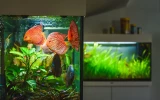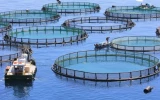The Best Fish for Indoor Aquaponics (13 Examples)
Indoor aquaponics setup works the same way as outdoor aquaponics, and it requires the same basic apparatuses, equipment, and main components – living plants and fish. If you’re setting up your aquaponics inside your home, either for fun, for food, or for ornamental purposes, here are 13 best fish that grow well in indoor aquaponics.
The thirteen best fish for indoor aquaponics are tilapia, bass, bluegill, carp, catfish, goldfish, guppies, koi, yellow perch, trout, yabbies, tetra, and crappie. Some of these fish are safe to consume, while some, like koi and goldfish, are inedible and are only grown indoors for ornamental purposes.
Some of these fish, like tilapia, carp, and bass, are also grown on large outdoor setups. But what's the difference in the characteristics of these aquaponics fish when grown indoors vs. outdoors? Let's find out.
Summary
- Indoor aquaponics works the same way as outdoor aquaponics, utilizing recirculating water, to keep both plants and fish alive.
- Some of the best fish species used in indoor aquaponics are tilapia, bass, bluegill, carp, catfish, goldfish, guppies, koi, yellow perch, trout, yabbies, tetra, and crappie.
- Most ornamental fish like koi, guppies, tetra, and goldfish are best grown indoors for aesthetic purposes.
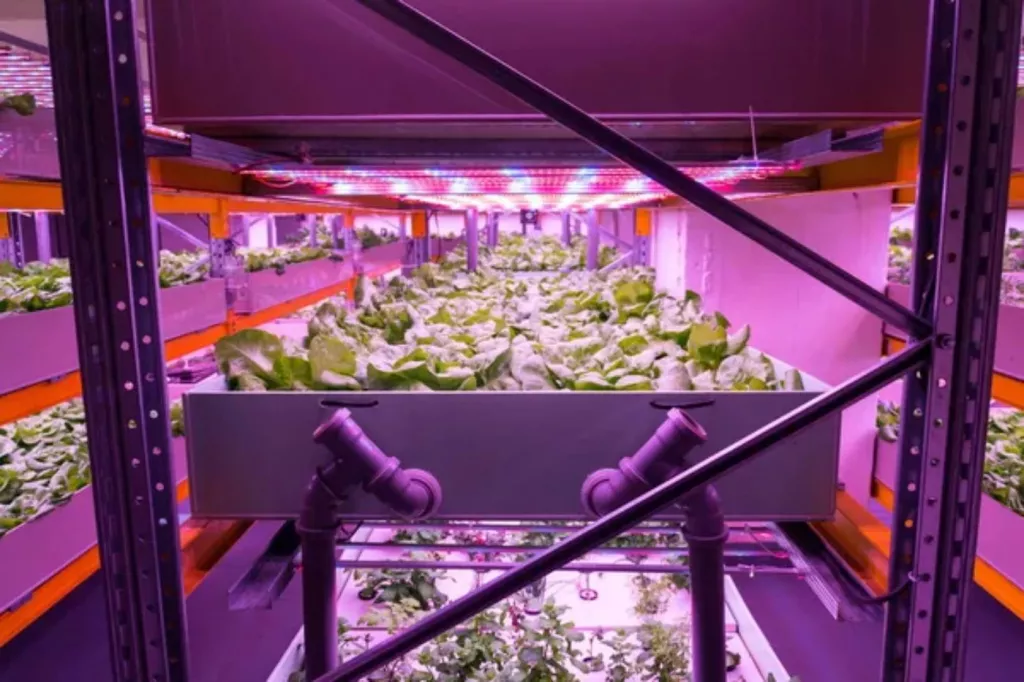
On this page:
The 13 Best Indoor Aquaponics Fish
Indoor aquaponics works using the same method as outdoor aquaponics, wherein water from the fish tank drains to the growing beds of plants, and the plants filter the water before it recirculates back to the tank. The cycle repeats endlessly.
One component that makes any aquaponic system successful is the choice of types of fish to raise. The fish make the nutrient-rich water that feeds the plant. Some of the best choices of fish to include in your indoor aquaponics setup are the following:
1. Goldfish are great for a small indoor aquaponics system
Goldfish are an ideal option for small indoor aquaponics systems because they can add aesthetics to your home and are inexpensive. Aside from this, they are also tolerant to several environmental conditions, such as changes in temperature, water quality, and pH level.
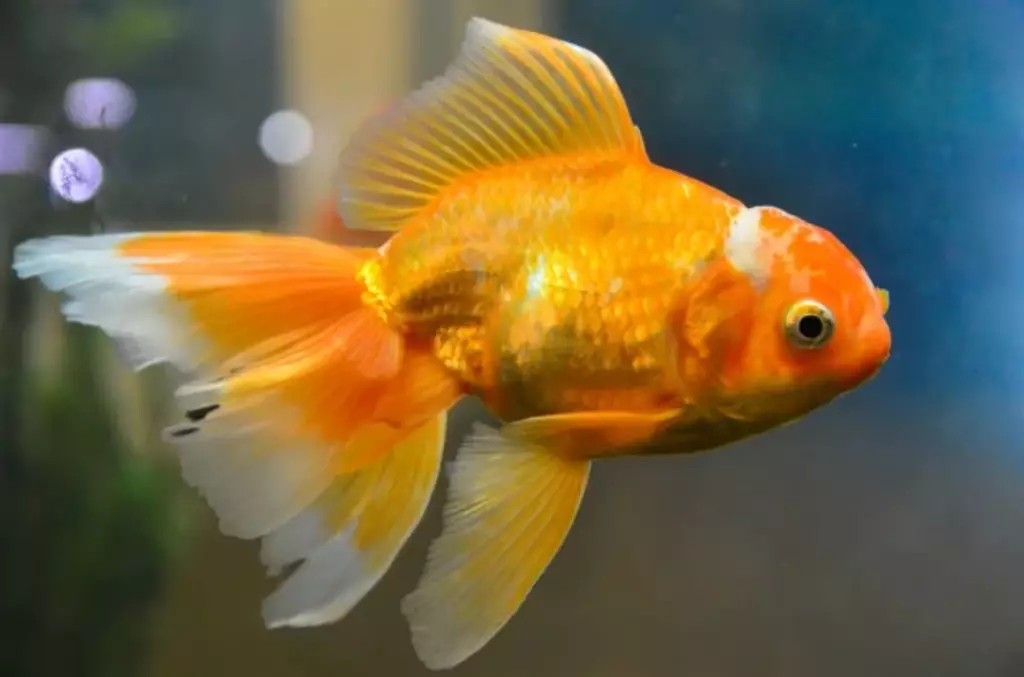
They are therefore considered hardy fish species, plus they are easy to breed. These adorable fish species are also beneficial to aquaponics setups because they give off large amounts of waste, which aquaponics plants enjoy.
2. Guppy makes a good addition to an indoor aquaponics setup
There are two main species of guppy: the common guppy and the Endler guppy. Both make beautiful additions to your indoor tank, but the Endler guppy looks more attractive. However, both are inedible.
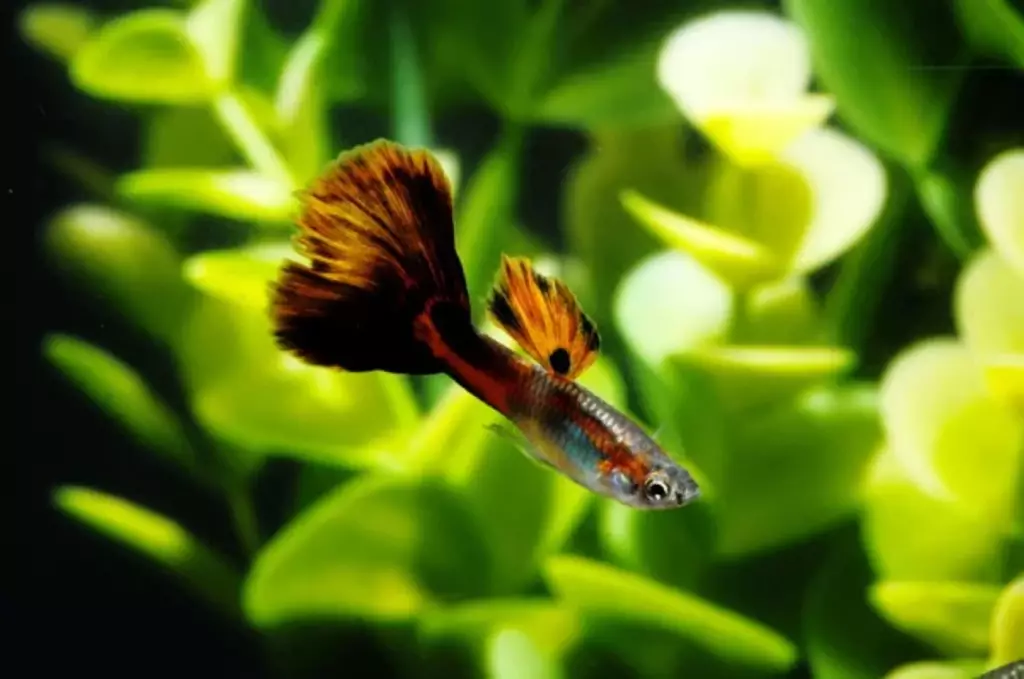
They are hardy species, which makes them suitable for aquaponics. They can tolerate pH changes but grow best in water with a pH of 7–8. Their ideal temperature range is small, only between 74°F and 82°F. Therefore, regular temperature monitoring must be done.
3. Koi fish can survive a wide range of temperatures, making them suitable for indoor aquaponics
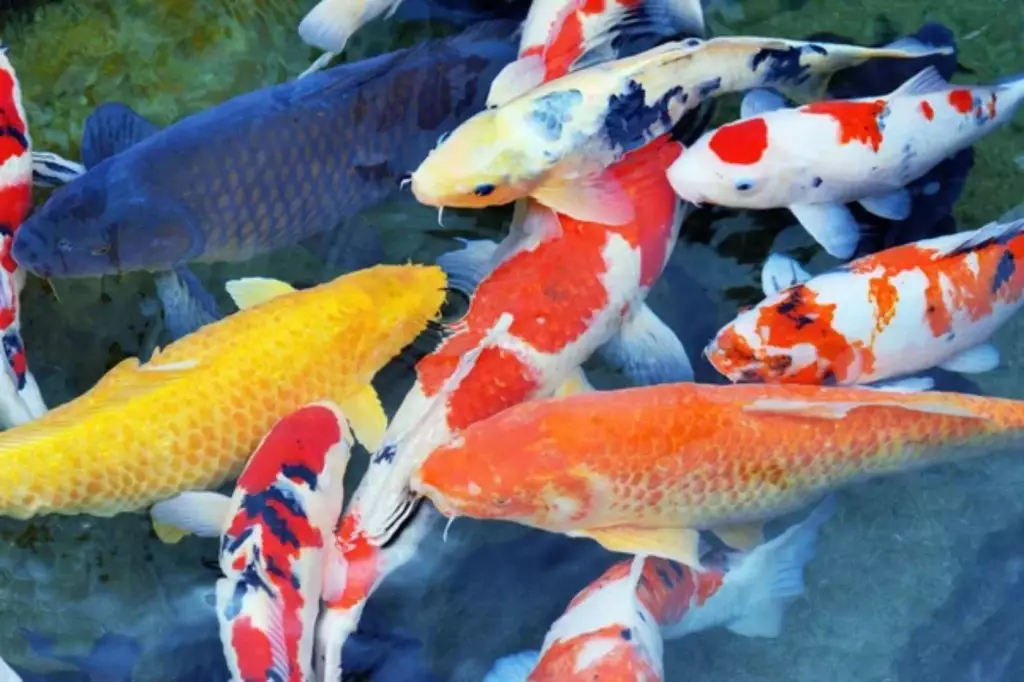
Koi fish are one of the most temperature-tolerant species, surviving in a wide range of temperatures ranging from 35°F to 85°F. They feed on algae, which makes them a budget-friendly addition to indoor aquaponics systems. They are used to artificial ponds as their main habitat, so raising them in fish tanks will not be a problem.
They can be mixed with other fish species and can grow as long as 2 feet. Although inedible, these species can provide long-term stability to your indoor aquaponics because they can live up to 30 years!
4. Tetra fish are tiny, which makes them suited for small indoor aquaponics system

Tetra fish are small types of fish that are inedible and sensitive to the temperature and pH levels of water. They best grow in water with temperatures between 70°F and 81°F and a pH of 7 to 8. Regular monitoring of the water is important because these species are not tolerant of temperature changes.
Because they are small, they cannot be combined with other large fish species as they are prone to predation. The good thing about tetra fish is that they are quick-growing and mature within 6 months.
5. Tilapia makes a good choice for both indoor and outdoor aquaponics setup
The tolerance of tilapia to a variety of environmental changes makes them suitable for any aquaponics setup. On top of this, they have a diverse diet and can be fed algae, worms, insects, other smaller fish, and plant-based foods.
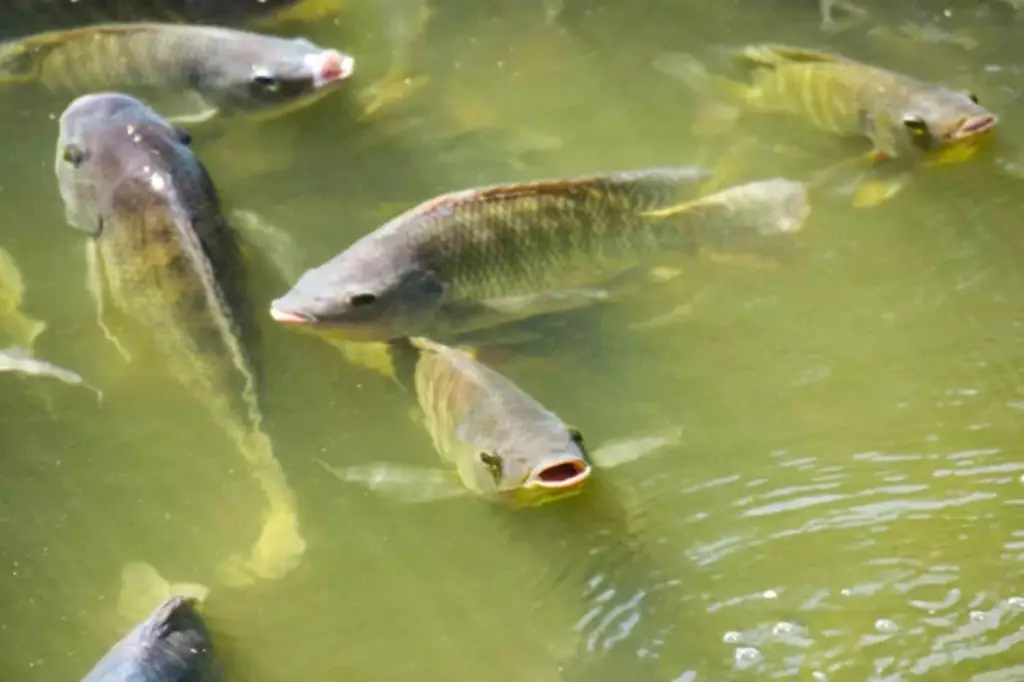
They are edible, and their mild taste is highly favored by many. These fish prefer a temperature range of 82°F–86°F but only die when the water temperature becomes lower than 50°F. They are quick-maturing fish that can be harvested in 6–8 months.
The limiting factor to raising tilapia in small indoor spaces is that they reproduce quickly, which can result in overcrowding.
6. Yellow perch are small fish that perfectly fit in a small indoor aquaponics tank
Another excellent addition to your indoor aquaponics setup is the yellow perch. This fish has a great taste, making it an excellent food source. They grow best in shallow water tanks with water temperatures ranging between 66°F and 70°F. They are not quite tolerable, which means temperatures must be closely monitored.
The disadvantage of raising yellow perch is that to allow breeding, the temperature needs to be at 45°F for an entire month to induce spawning. This could be detrimental to some plants.
7. Trout makes a great indoor aquaponics fish
Trout, although they grow slowly, prove to be great indoor aquaponics fish because they can be grown even in cold water temperatures. Their preferred water temperature is around 45°F–65°F.
These fish are tasty because they feed on a variety of food sources, such as fish, insects, and other small aquatic invertebrates.
Trout will need plenty of space to grow, which is an issue if you have limited indoor space. They also require a minimum of 10 mg of dissolved oxygen per liter of water.
8. Crappie are hardy fish species able to grow in indoor aquaponics
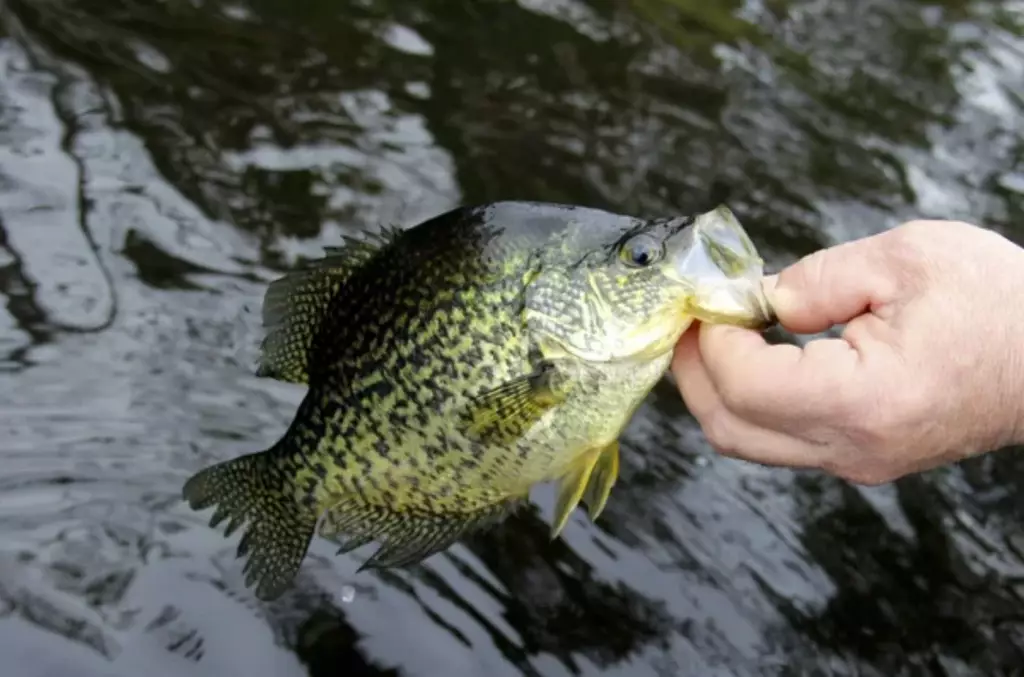
Crappie fish can tolerate a wide range of temperatures between 55°F and 80°F, but they grow best in temperature ranges of 60°F and 75°F. These fish are edible and taste great, so you can raise them for consumption or for sale.
However, crappie is pH-sensitive and needs an accurate pH between 6.5 and 8.2. These fish also take two long years before fully maturing.
9. Yabbies are good alternatives for indoor aquaponics tank cleaners

Yabbies are a type of crayfish, and although called as such, crayfish are not fish but are crustaceans. They are good alternatives to prawns and shrimp for keeping your tanks clean because they are scavengers and will feed on anything.
Although they are more aggressive, they can tolerate sudden changes in temperature. However, they are more sensitive to pH and must be kept within pH 7.5 to 9.
These species are edible and can be harvested in about 6–12 months. Another benefit of raising yabbies is that they don’t require a lot of water. They should be kept at low water levels; otherwise, they can escape your tank.
10. Bluegill fish can be bred in indoor aquaponics
Bluegill fish prefer warm water temperatures between 70°F and 75°F but are known to easily cope with temperature changes. They can be grown together with other fish species, which is advantageous if you have limited space. They are most likely to feed on plants and algae and are low-maintenance species.
However, bluegill fish require frequent feeding to help them grow. They also have the tendency to cannibalize during the breeding season.
11. Bass are cold-tolerant indoor aquaponics fish
While more commonly grown in large outdoor aquaponics tanks, bass can also be grown in small indoor aquaponics settings. There are different types of bass you can opt to grow: smallmouth, largemouth, striped, and white bass.
The largemouth bass has great-tasting meat that is thought to have a clean taste and is not intense or fishy. They are good at coping with low water temperatures and can survive a wide temperature range between 65°F and 80°F.
However, bass is sensitive to pH changes and can only tolerate pHs between 6.5 and 8.5. Your water must be frequently monitored to maintain a pH level within this range.
12. Catfish are quick-adapting species suitable for aquaponics in an indoor setting

Catfish are great for aquaponics systems because they are adaptive to changes and grow rapidly. They are even known to survive in polluted waters. When grown in a clean setup, such as an indoor aquaponics tank, they are very delectable.
However, these fish have the tendency to be aggressive and require high protein feeds.
13. Carps are low-risk fish perfect for aquaponics
Though not suitable for large commercial aquaponics, carp are an ideal option for small indoor aquaponics. They are usually not eaten when caught in the wild because of their “mud-like” taste, but when grown in aquaponics, their taste is improved.
They can tolerate low water quality and grow fast, taking only 9–12 months before reaching maturity. They eat just about anything because they are omnivorous. However, these fish are heavy waste producers, so their numbers must be kept low in a tank to avoid ammonia poisoning.

